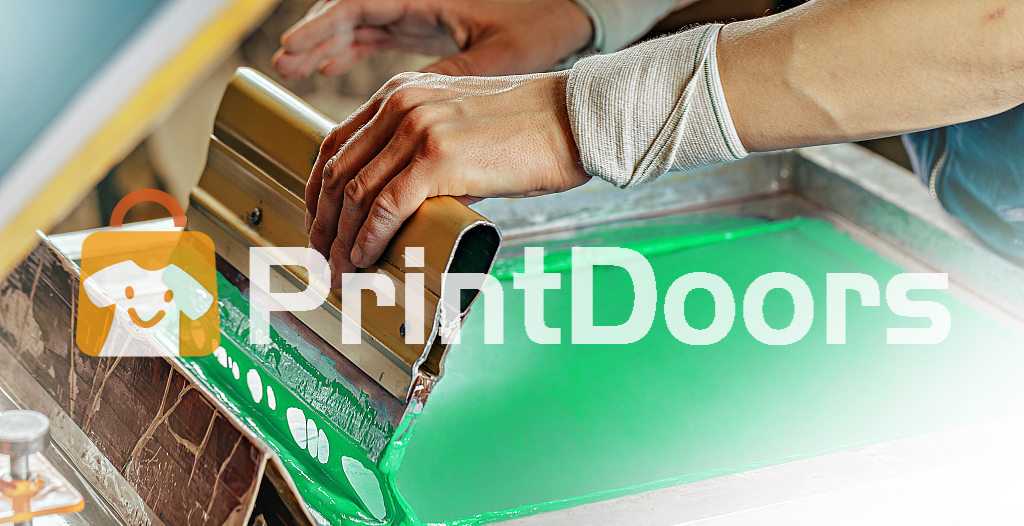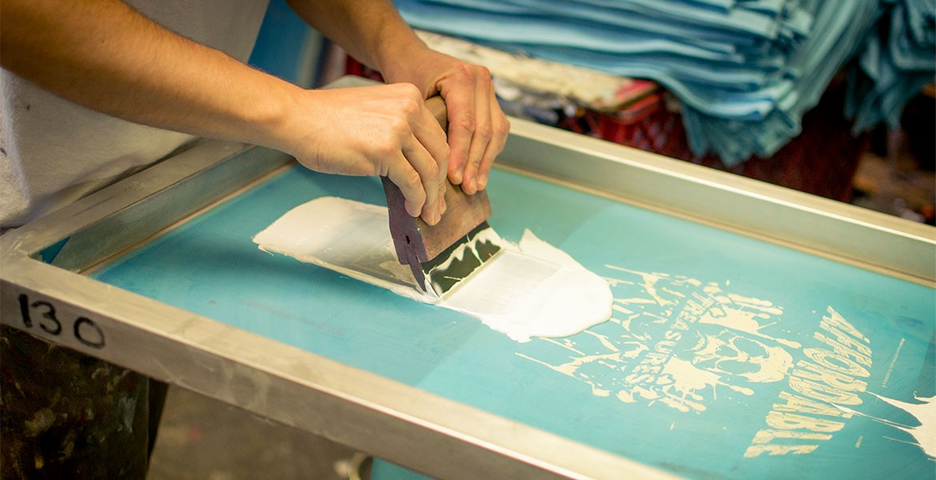Little Known Facts About Tx Tees.
Table of ContentsTx Tees Things To Know Before You BuyHow Tx Tees can Save You Time, Stress, and Money.A Biased View of Tx TeesWhat Does Tx Tees Mean?Tx Tees for Dummies4 Easy Facts About Tx Tees DescribedTx Tees Fundamentals Explained
That brings your overall to roughly $1,900 before tax obligation and delivery. Accumulate various other prices, like the number of utilities it requires to run the shop and the cost of ink and solution per style. custom cap printing. Take the print below as an example. This is a one-color image, so the expense of ink per tee shirt is around 20 cents.The solution needs to just be a couple of cents since you 'd only require to layer one display for this work. Usually, printers try to make up to 45% profit on a print job.

With DTF, you can print a handful of shirts, or just one. Make use of the very same calculator as the section above to compute exactly how much revenue you 'd make utilizing DTF transfers. Compare the costs and earnings to whichever technique speaks ideal to your configuration and process. Both display printing and DTF have their specific niches in the world.
4 Easy Facts About Tx Tees Described
The best method to know? Ask around and see what printing shop like your own are doing. custom monograming. Attempt both out and see which you like far better
When you're picking what sort of printing method to utilize for publishing your art work layouts on your garments, it is very important that you know the differences between these two techniques so you can optimize results while reducing expenses. Screen printing is one of the most typically used technique for printing layouts on fabrics.
DTG printing is also referred to as spot or straight to garment printing since it publishes just what is needed instead of making a screen as screen printers do. https://hearthis.at/txtees02/set/tx-tees/. Display printing works by screen filler squeegee screen printing ink screen mesh display, then moving the image to garment making use of warm and/or stress
The DTG printer uses unique dye-sublimation inks that are applied right into a pre-designed image by an electronic printing system. The inks become component of the material, permitting lively colors and exceptional information. It's likewise referred to as spot or direct to garment printing due to the fact that it prints only what is needed instead of making a display as display printers do.
About Tx Tees
It's much faster - you can print a fullcolor picture in minutes, as opposed to hours for display printing. Second, there's no set up time or expenses entailed - you can publish any style you such as, without having to develop a screen. Third, there's no waste - because screen printers display print one design at a time, they have to screen each shade individually.
The paper is very expensive and can only be used as soon as. Once it's printed on, it needs to be disposed of. - The preliminary purchase rate is lower than the upfront financial investment of DTG printers- You can print multi-color layouts one screen at a time rather than having to publish each color individually like DTG printing.

Tx Tees for Beginners
Nonetheless, rather than using display mesh as screen printers do, color sublimation printers make use of laser technology to transfer your images onto garments or paper. A warm process transfers the dye from its solid-state straight right into the gas stage which subsequently merges it onto textile substratums when they are quickly heated to heats under high pressure.
Sublimation printing is eco-friendly. It makes use of less water than screenprinting, and because it doesn't involve using unsafe solvents, it's secure for all kinds of garments. The color sublimation inks are also odor-free when cured, unlike display printers that use harmful chemicals throughout the screen printing procedure that leave an unpleasant odor.
They additionally conserve cash on expensive equipment like exposure units given that dye sublimation printers don't need a UV direct exposure unit or a flash remedy stove that is normally utilized in screen printing (custom cap printing). What is straight to garment printing (DTG Printing)? DTG printing is an electronic screenprinting process that publishes straight onto textile making use of specialized inkjet printers
Our Tx Tees Diaries
DTG printing offers many benefits over standard screenprinting, including the capability to print photographic high quality pictures, higher shade vibrancy, and the capability to print styles on darker materials. DTG printers work by heating up the textile ink until it develops into a gas. The gas after that permeates the material, bonding with the fibers to produce a permanent print.

Screen printers merely prepare their display after that start publishing until they run out of product or ink.- There this hyperlink is a wide array of skilled screen printers around the world, which can be helpful for newbies. - It's a slower procedure - display printers commonly have to wait for the ink to completely dry before they can print the next color- Screen printers need manual work, so there's a greater learning curve and it takes longer to create a top quality design- Display printing isn't as accurate as DTG printing, so you might get some "blood loss" of colors from one component of the picture onto an additional otherwise done correctly.
Some Known Facts About Tx Tees.
Instead of making use of screen mesh as screen printers do, color sublimation printers use laser innovation to move your images onto garments or paper. A warm procedure transfers the dye from its solid-state straight into the gas phase which in turn merges it onto textile substrates when they are quickly warmed to high temperatures under high pressure.
Sublimation printing is environmentally friendly. It makes use of much less water than screenprinting, and because it does not entail using dangerous solvents, it's safe for all sorts of clothing. The color sublimation inks are additionally odor free when treated, unlike display printers that make use of hazardous chemicals throughout the screen printing procedure that leave behind an undesirable smell.
They additionally save money on costly devices like direct exposure devices since dye sublimation printers don't need a UV exposure system or a flash remedy stove that is typically used in screen printing. What is direct to garment printing (DTG Printing)? DTG printing is a digital screenprinting process that prints directly onto fabric utilizing specialized inkjet printers.
The Facts About Tx Tees Uncovered
DTG printing uses numerous benefits over traditional screenprinting, consisting of the capacity to publish photographic quality images, better shade vibrancy, and the ability to print layouts on darker materials. DTG printers work by heating up the textile ink until it becomes a gas. The gas after that penetrates the material, bonding with the fibers to develop a long-term print.